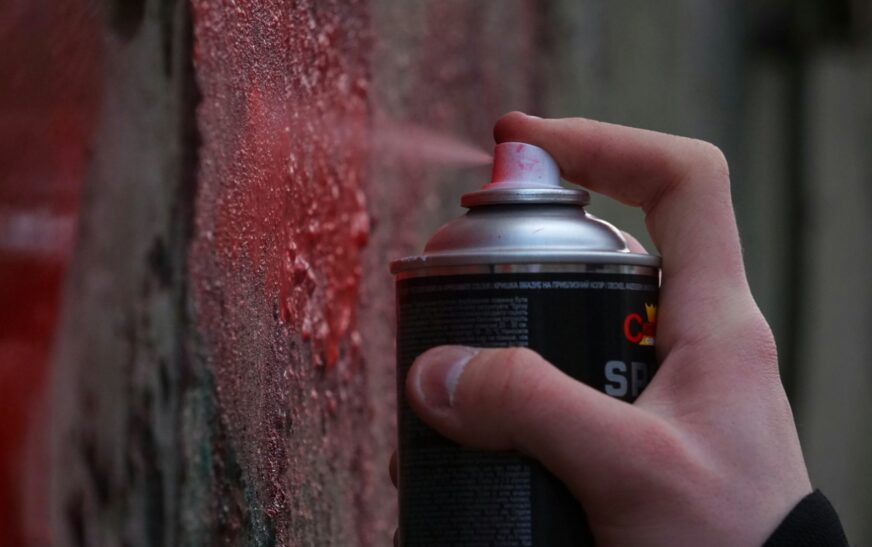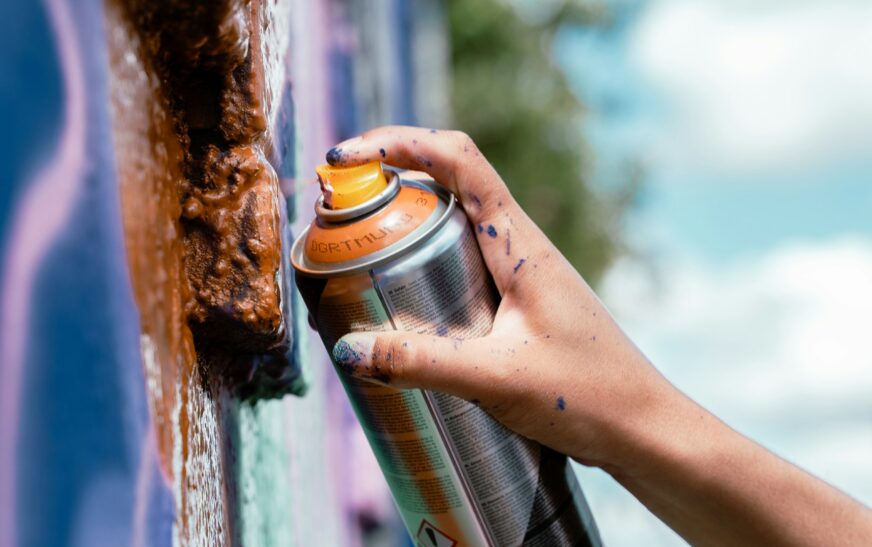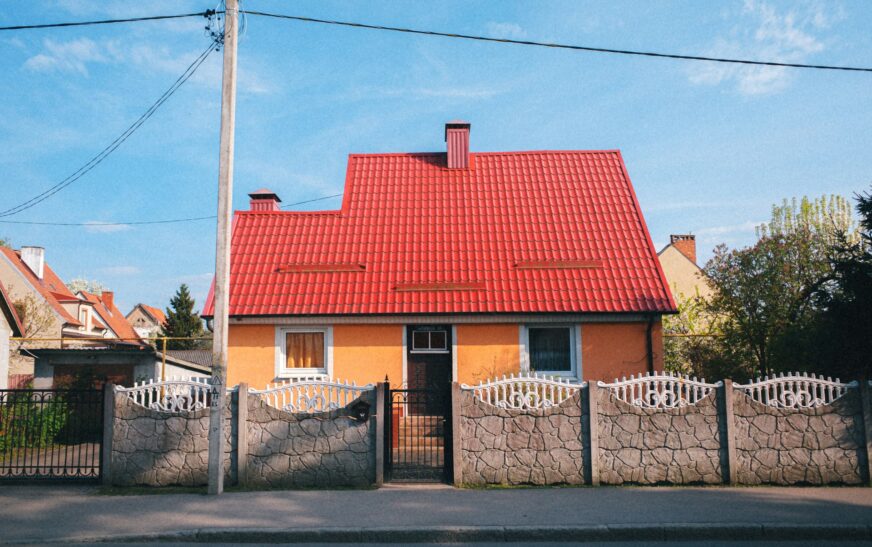Spray paint on brick—whether it’s graffiti, an accidental overspray, or a DIY project gone rogue—can feel like a permanent blemish. Unlike smooth walls, brick is porous and textured, which makes paint removal trickier. But don’t panic—it’s not impossible. With the right approach, you can lift that paint without destroying your brick.
Step 1: Assess the Situation
Before you start scrubbing like a maniac, take a closer look:
- How deep has the paint penetrated the brick?
- Is it fresh or stubbornly old and cured?
- Is the brick sealed or unsealed?
Sealed brick tends to repel paint, making life easier. Unsealed brick? The paint probably sank in, which means you’ll need a more careful approach.
Step 2: Start Gentle
Always start with the least aggressive method. You don’t want to turn your brick into a “brick puzzle” of gouges and scratches.
- Use a stiff-bristle brush and warm, soapy water
- Scrub the painted area gently
- Rinse with clean water
- Repeat as needed
This usually won’t remove everything, but it lifts surface paint and makes the next steps more effective.
Step 3: Bring in the Big Guns (Masonry Paint Remover)
If soap and elbow grease aren’t enough (they often aren’t), it’s time for a masonry-safe paint remover.
- Use a gel-based or low-drip formula so it sticks to your uneven brick surface
- Apply a thick layer with a synthetic brush
- Let it sit for the recommended time (usually 30 minutes to a few hours)
- Watch for bubbling or lifting paint
Safety first: gloves, eye protection, and good ventilation are non-negotiable when working with chemicals.
Step 4: Scrub and Rinse
Once the remover has loosened the paint:
- Use a nylon or wire brush (gentle or firm, depending on your brick)
- Agitate the paint and wash it off with warm water
- Rinse thoroughly with a garden hose or low-pressure washer
Avoid high-pressure washing—it can erode soft brick or mortar.
Step 5: Use a Poultice for Stubborn Stains
For paint that has really sunk in, a poultice—a paste that draws paint out of the brick—can be a lifesaver.
- Apply the poultice directly to the paint stain
- Cover with plastic to slow evaporation
- Let it sit 24–48 hours
- Remove the plastic and scrape off the dried paste, along with the paint
This method is gentle on historic or delicate brick that might be damaged by scrubbing or harsh chemicals.
Step 6: Repeat if Necessary
Removing spray paint from brick is rarely a one-step process. Multiple applications may be needed. Patience is key—rushing can permanently damage your brickwork.
Extra Tips for Success
- Test a small area first: Make sure your method won’t discolor or damage the brick
- Go eco-friendly if possible: Safe products protect nearby plants and soil
- Seal after cleaning: A breathable masonry sealer helps prevent future stains
Read More : How to Paint a Brick House: A Complete Step-by-Step Guide
Common Mistakes to Avoid
- Skipping dwell time: Paint removers need time to do their job
- Being too aggressive with metal tools: Wire brushes are helpful, but too much force can gouge brick
- High-pressure washing: Looks tempting, but it can dislodge mortar or crack older bricks
With a bit of patience, the right tools, and some elbow grease, you can get your brick looking clean and fresh again—no permanent graffiti scars required.










